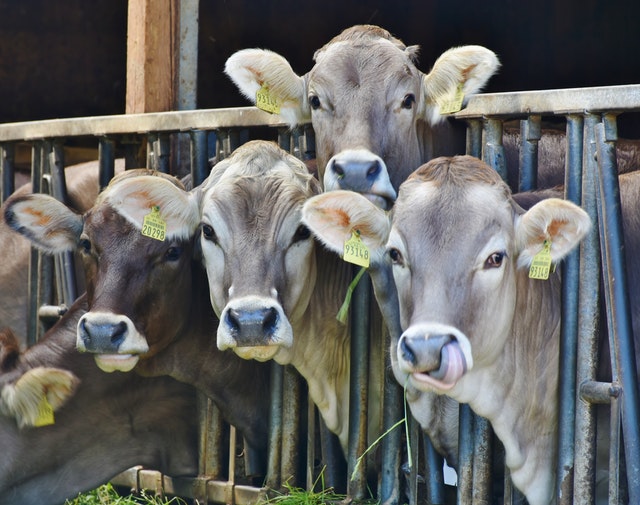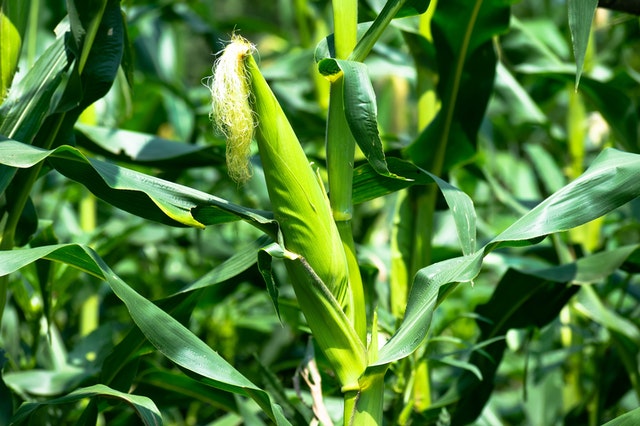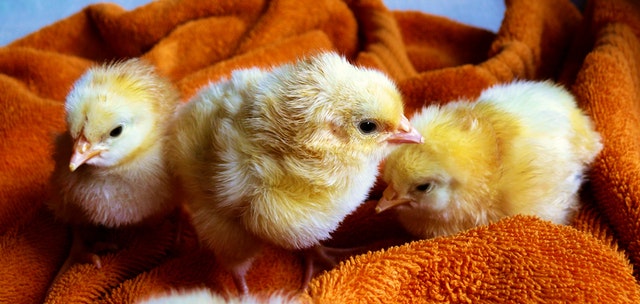What are the new agriculture trends in Kenya to watch this year? Events in the last year and a review of events in the first two months of 2024, reveals the key trends to watch. The main aim of these changes will be ensuring food safety and profitability for farmers, ranchers, traders and consumers. To arrive at those trends, we have analyzed the key catalysts likely to influence the player’s decisions.
The key catalysts to new agriculture trends
In our opinion, players and investors in the agricultural sector will be influenced by the following drivers;

- Huge Population and urbanization growth. According to census 2019 results, Kenya has 47.6 million people. 30.8 per cent of them live in urban towns. Nairobi her capital city has most residents at 4.4 million people. These parameters present a huge market potential for food growers and traders.
- Commercial farming. There is a lot of sensitization and adoption of farming as a profitable business. “Kilimo biashara” as popularly known is where gardeners grow foods commercially and intensively for the growing markets. As an agribusiness, these firms seek to maximise profits and reduce their costs of production.
- Health-conscious population. This has stemmed from several factors like high urbanization, literacy and growing incomes, food safety and health concerns with reports of cancer-related to consuming toxic foods with harmful pesticides and aflatoxins as well as high incidences of lifestyle diseases such as diabetes, hypertension and obesity.
- Climate change. Global warming and its effects continue to threaten food safety and livelihoods for millions of Kenyan farmers. This is a result of frequent and severe droughts, flooding and pest’s outbreaks. The worst to hit the country has been the fall armyworms and desert locusts whose current invasion has been termed the worst in the last 70 years.
- Other Emergent risks. The agricultural sector is vulnerable to emerging challenges at regional and global levels. One of such risks is the coronavirus (COVID-19) pandemic. It was first reported in Wuhan China in December 2019. To date, the disease has affected over 1 million people in over 180 countries. It has caused many disruptions in farming and marketing operations as different governments implement various interventions to curb its spread.
The above change drivers present both challenges and business opportunities for agriculturalists. In this post, we pinpoint the key trends to watch for the rest of the year. In our opinion, these will be in crop and livestock insurance, soil testing, organic farming, food traceability, urban farming, smart farming and E-commerce.
Organic farming

People are demanding organically grown crops and animals. This has arisen from high reported cases of cancer and other lifestyle diseases. To limit the intake of toxic foods, people are searching for crops that have been grown free of chemical fertilizers and synthetic farm chemicals. In the case of animals, consumers are looking for pure livestock that has been fed on natural pasture with limited vaccinations.
The practice of organic farming is still developing, to tap into this growing trend, you can look into;
- Process and distribute organic farm inputs such as bio-pesticides and organic fertilizers. Some products in the market are fertilizers made from rabbit urine and chicken refuse and pesticides from farm weeds.
- Promote the practice of organic farming such as companion cropping in a model farm or an agribusiness consulting firm.
- Brand your organically produced food to fetch premium prices in the market.
Some of the best crops to grow are highly consumed vegetables like kale or spinach and traditional leafy vegetables (manage, sage, Kunde) and tomatoes.
Crop and livestock insurance
Commercial farming views crop and animal production as a business. Good practice in business management is risk mitigation such as insurance. Crops and animals are susceptible to partial or full losses to droughts and floods. To mitigate these risks, farmers and food traders will insure their risks going forward.
In Kenya, there are several agricultural insurance providers like insurance companies, banks and Saccos offering insurance products to farmers. Some of the high-value crops insured are crops such as wheat and maize. Livestock insurance products are available for dairy and beef cattle, goats, sheep and camels. There are also insurance products for expensive farm pieces of machinery and equipment.
It’s advisable to connect with your financier today to explore available insurance products.
Soil testing
Fertile soils are a recipe of good crop harvests and profitability. Soil analysis across the country show that soil samples from most regions are unsuitable for growing common staple foods such as maize. This has been a result of over-use of acidic fertilizers and poor farming practises.
Over the years, there is a lot of awareness creation on soil analysis countrywide. It is being championed by farmer cooperatives, county governments and not-for-profit organisations. Farmers are enjoying the service at subsidized costs. Another emerging trend in soil testing is self-analysis at home using cheap testing kits like the one shown below. These can be ordered online and shipped to your address.
Food traceability

Consumers are likely to demand foods whose source can be sourced from the source. This is in relation to the constant food safety and health challenges. These have arisen from consumption of contaminated foods with pathogens, pesticide residues above maximum residue levels and toxic chemicals such as aflatoxin in cornmeal.
Food traceability is observed through practising good agricultural practices (GAP) and proper documentation. The farmer and traders can share this information with stakeholders and consumers. One can trace food movement from farm to fork.
Modern farming practises like the use of Ag management information systems can allow storage and retrieve this information a click or scan away.
Urban farming
Self-sufficiency in food production will increase as households want to access quality foods from their backyards. Urban farming can allow urban consumers to cut down their expenses on food. The key trends to watch are vertical farming, hydroponics and aquaponics as farmlands continue to shrink from population pressure. Growing foods within city boundaries have many social and economic benefits.
Smart farming
As youth uptake agriculture, there is an expectation there will be huge adoption of technologies in farming. This will see the application of drones, robots and driver-less tractors and data in farm practices. The use of technology will lead to precise farming cutting down on the cost of production and increasing yields. As this trend grows, businesses can implement various ideas in smart farming.
E-commerce.

The current measures on social distancing and promotion of cashless payments will see a surge in online shopping. The trend is expected to continue since it is convenient, profitable and promotes food traceability and documentation.
As a way of tapping into it, as an agribusiness, you should launch an online shop or a mobile app to market your farm commodities.
Agro-processing
There is a possibility of huge food losses as the country closes schools and food markets and other measures limiting direct yields uptake. Perishable foods such as milk, Irish potatoes and vegetables will be the most affected. Farmers are already processing their foods to prolong its shelf life. This is a trend likely to grow to the end of the year.
This article analyses the 8 rends in Kenyan agricultural sector, they are e-commerce, smart farming, urban farming among others. These will improve our food safety and profitability. Which trend do you feel we have left out? Leave your comment below.



